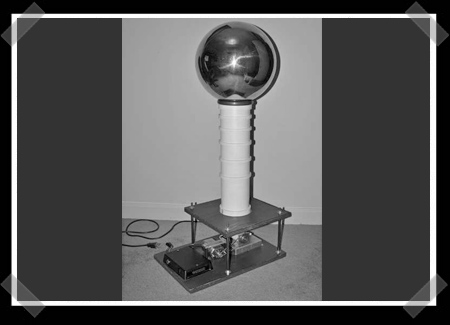
We first talked about air muscles in 2005 while lusting after Shadow Robotic’s dexterous hand. The pneumatic devices are known for being lightweight and compliant. They’re designed to be used in robot arms and legs. [jelengar] stumbled across this guide to building your own air muscles. We’re not exactly sure what the original source is since it reads like a machine translation. The core is a piece of silicone tubing used in aquariums. It’s sealed at one end with a bolt. Braided electrical sheathing is slid over the tube and secured using multiple wraps of 24gauge wire. They say to test it using 20psi, but there’s no mention of what the limits are.














